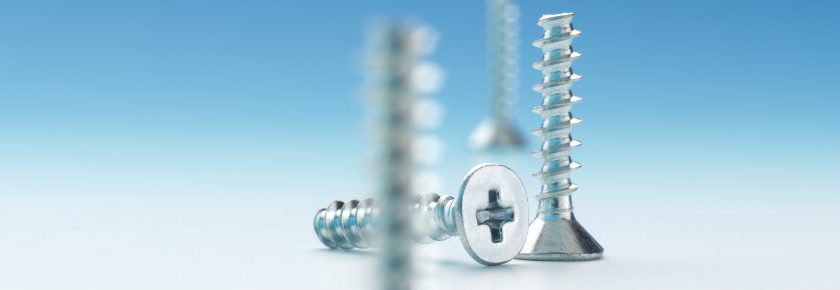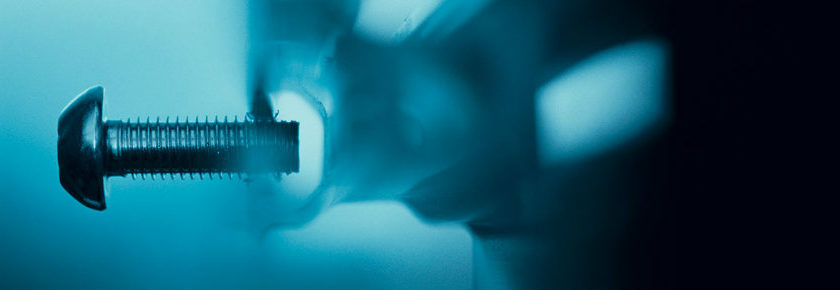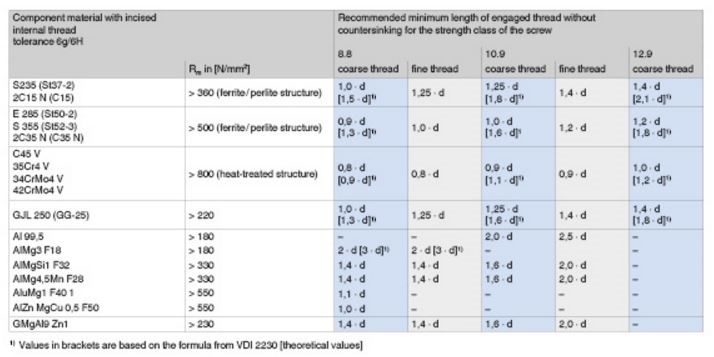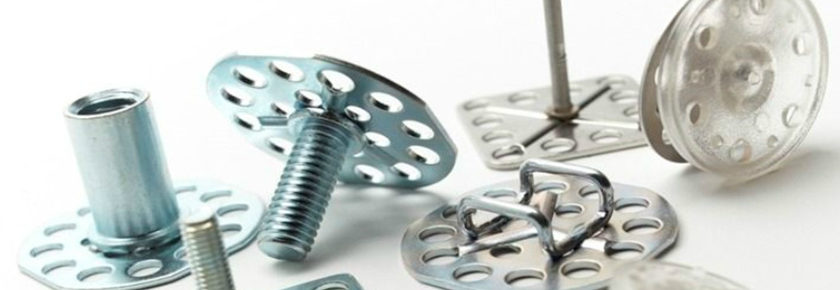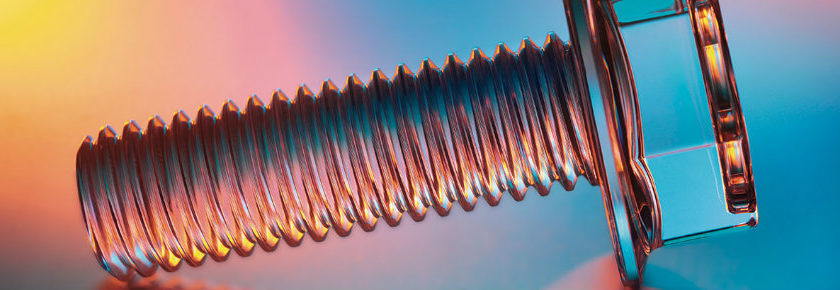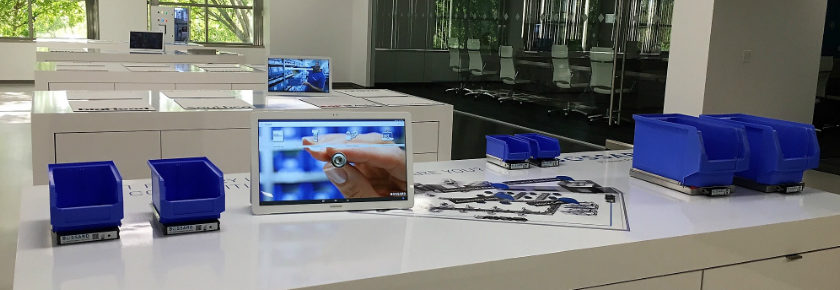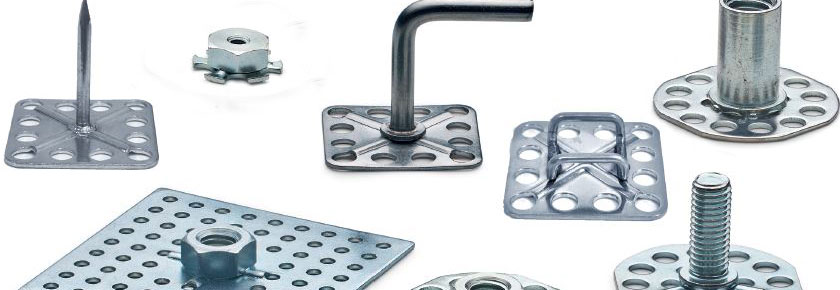Not all screws thread into nuts. There are many specialty type screws that are designed to thread directly into untapped holes in different types of material.
Wood screws have been around for years, but standard wood screws often don’t work well in particle board or MDF (medium density fiberboard). Standard wood screws have a 60° flank angle, and when threaded into a drilled hole, have to move quite a bit of material to make room for that thread. Specialty screws with a narrower flank angle and a taller thread put less stress on the wood and provide greater pull out force without damaging the material.
Similar specialty screws exist for soft thermoplastics, having very sharp, narrow angled threads that can be successfully assembled into molded or drilled holes or into bosses. Harder thermoset plastics may require a cutting slot on the end of a screw to remove some of the material, acting like a thread tap.
Spaced thread tapping screws work well for sheet metal, but for thicker steel, thread rolling screws with a finer pitch are required. Thread rolling screws have the same pitch and shape as regular screws, and are sometimes hard to tell apart from each other. Thread rolling screws often have a triangular shape to the point and the body of the thread, which you can feel if you roll the threads between your fingers. These screw threads are also generally case hardened to make them harder than the steel that they are threading into.
Similar screws with special thread geometry exist for threading directly into lightweight metals such as aluminum and magnesium.
For more information on specialty screw threads, contact us at ProvenProductivity@bossard.com.
Doug Jones
Applications Engineer
djones@bossard.com

